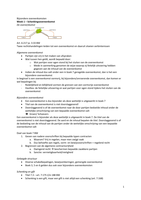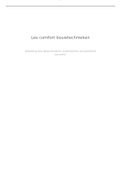Samenvatting
Global Advertising Summary
- Instelling
- Erasmus Universiteit Rotterdam (EUR)
My summary contains the following: Summaries and explanations of keywords, book chapters and lectures Week 1-8 It contains all the material for the exam!
[Meer zien]













